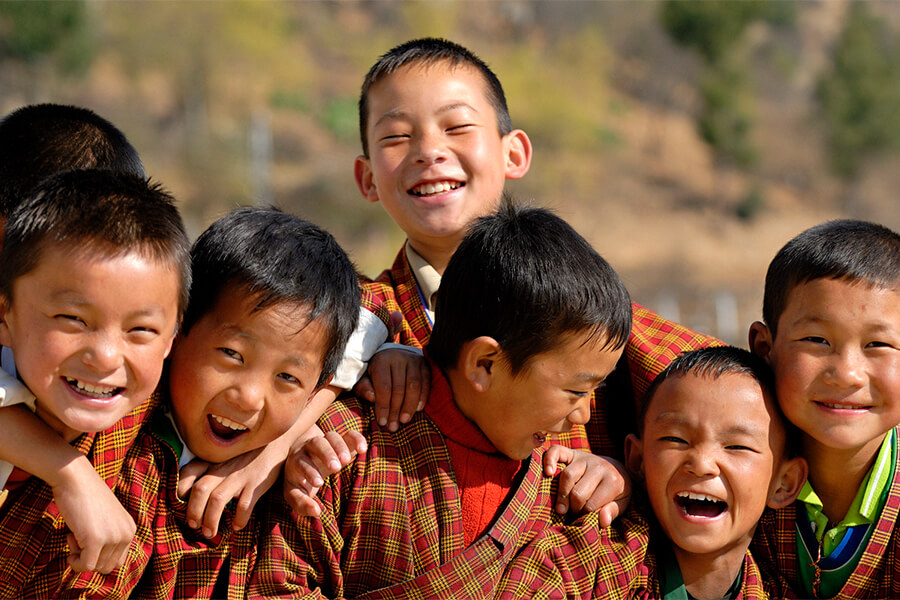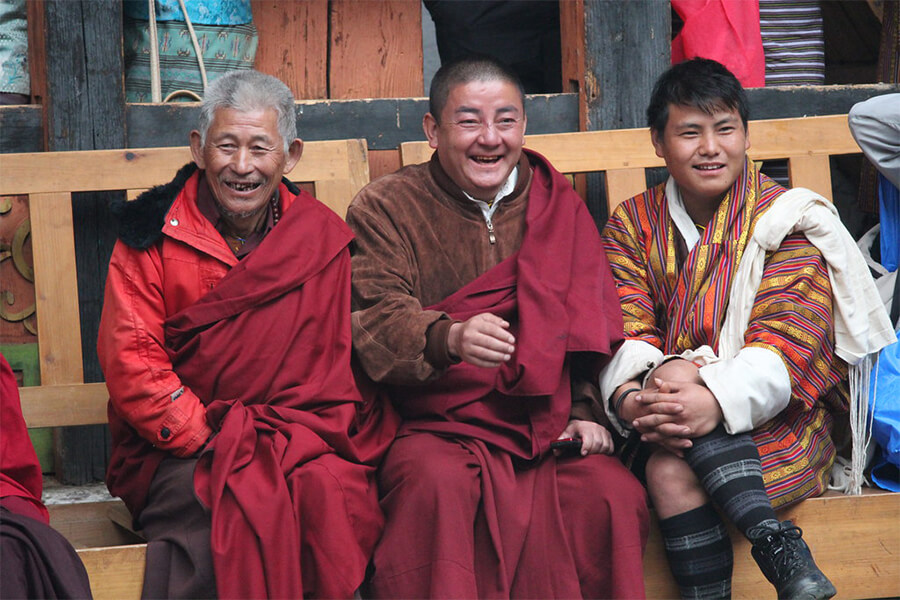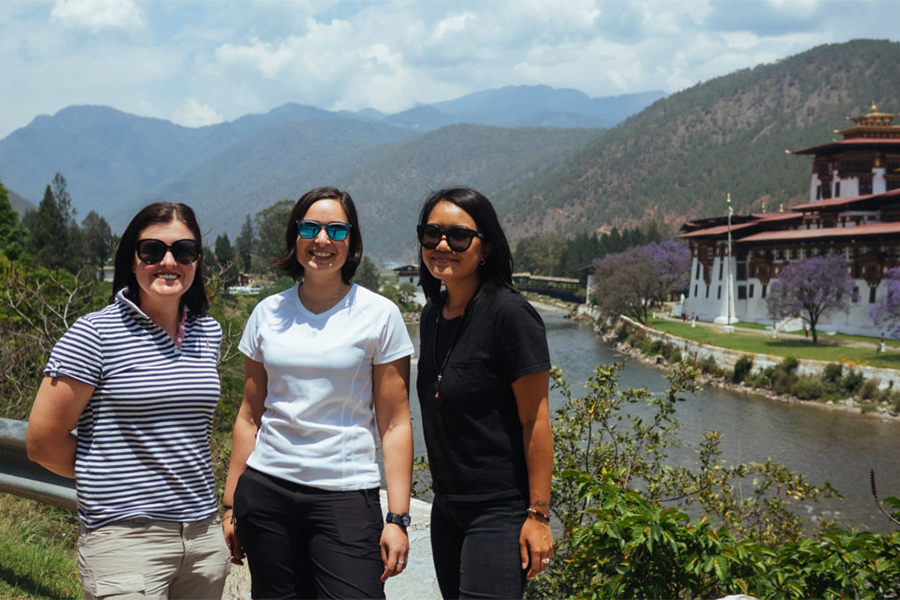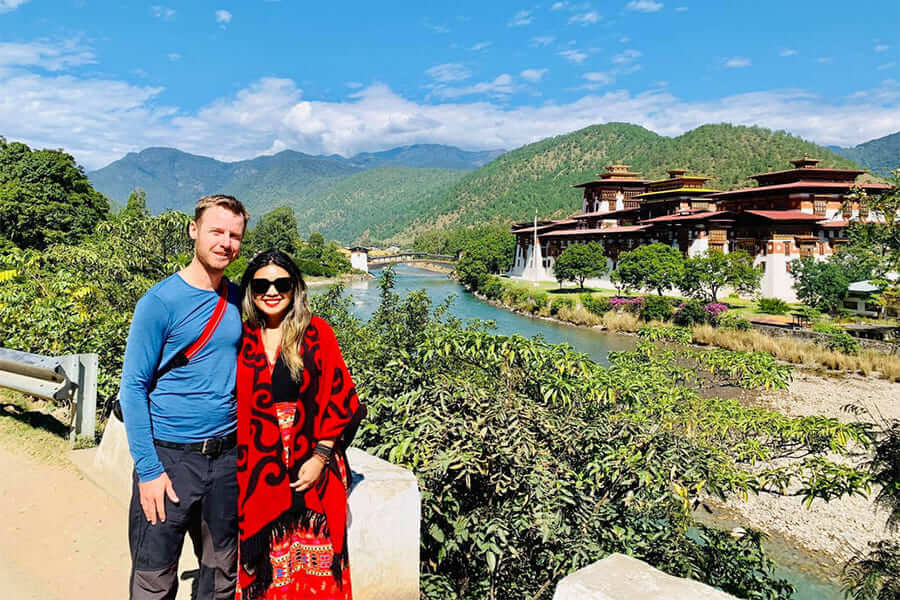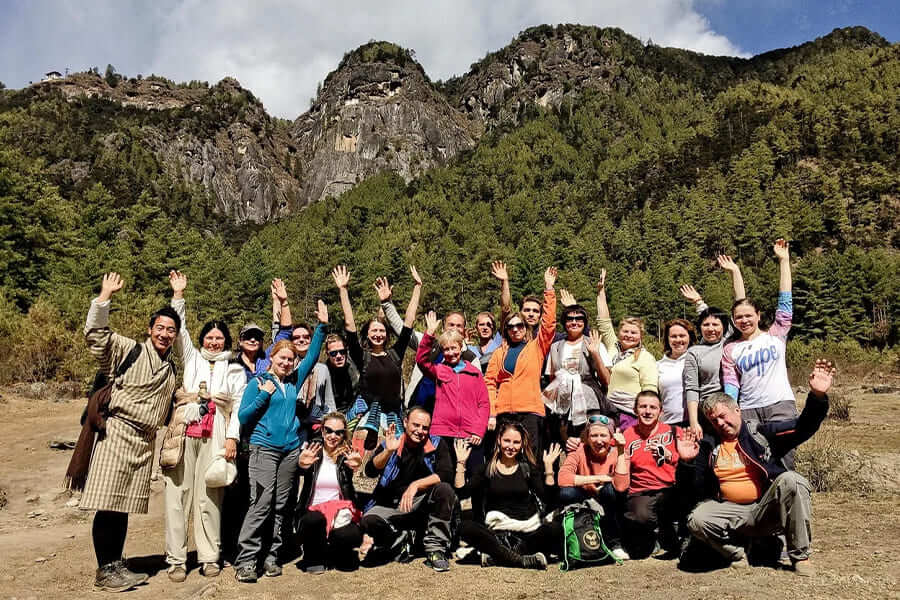Bhutan, often called the "Land of the Thunder Dragon," is a unique destination that captivates travelers with its pristine landscapes, vibrant culture, and commitment to sustainability. For those planning Bhutan tours, understanding the Sustainable Development Fee (SDF) is essential. This fee, integral to Bhutan’s “High Value, Low Volume” tourism policy, ensures that every visit contributes to preserving the country’s environment, culture, and way of life. Whether you’re embarking on a spiritual journey, trekking through the Himalayas, or exploring ancient monasteries, the Bhutan SDF supports sustainable tourism, making your experience both meaningful and impactful.
What is Bhutan Sustainable Development Fee?
The Sustainable Development Fee (SDF) is a daily levy imposed by the Royal Government of Bhutan on all tourists visiting the country. Introduced as part of Bhutan’s “High Value, Low Volume” tourism policy, the Bhutan tourism Sustainable Development Fee aims to promote responsible tourism while preserving the nation’s pristine environment, vibrant culture, and unique way of life. The fee ensures that tourism contributes to Bhutan’s sustainable development goals, including environmental conservation, cultural preservation, and infrastructure development. By charging the Bhutan SDF, the government limits mass tourism, ensuring that the country remains a culturally intact and environmentally sustainable destination. This approach aligns with Bhutan’s philosophy of Gross National Happiness (GNH), prioritizing holistic well-being over economic growth alone and safeguarding the quality of life for the Bhutan people.
Transparency in the Use of Sustainable Development Fee
The funds collected through the Sustainable Development Fee are deposited into Bhutan’s Consolidated Account, as mandated by Article 14 of the country’s constitution. These funds are used transparently to support a range of initiatives, including free healthcare and education for Bhutanese citizens, environmental conservation, cultural preservation, and infrastructure upgrades. For example, the Bhutan SDF supports programs to maintain Bhutan’s status as a carbon-negative country, fund youth training and education, and preserve historical sites like Dzongs. The government’s Five-Year Plan (2024-2028) outlines how these funds are allocated to sustainable projects, ensuring accountability and tangible benefits for both locals and visitors.
How Much is the Bhutan SDF?
As of September 1, 2023, the Sustainable Development Fee is set at USD 100 per person per night for most international tourists, a reduction from the previous USD 200 rate. This discounted rate, valid until August 31, 2027, aims to make Bhutan more accessible while sustaining its tourism model. Children aged 6 to 12 receive a 50% discount, paying USD 50 per night, while children under 6 are exempt from the fee. Regional tourists from India, Bangladesh, and the Maldives have different rates, which are detailed in the sections below.
Bhutan SDF for Indian Tourists
Indian tourists benefit from a lower Bhutan tourism Sustainable Development Fee of INR 1,200 per person per night (approximately USD 14.50). Children aged 6 to 12 pay INR 600 per night, and those under 5 are exempt. This reduced rate reflects Bhutan’s close ties with India and encourages regional tourism. Indian visitors must apply for a permit, and the Bhutan SDF is paid during this process, either online or at the point of entry. A 24-hour SDF waiver applies for Indian tourists visiting border towns like Phuentsholing for a day trip without an overnight stay.
Bhutan SDF for American Tourists
For American tourists, the Bhutan Sustainable Development Fee is USD 100 per person per night, with the same concessions for children (USD 50 for ages 6–12, free for under 6). This fee is paid during the visa application process, which costs an additional USD 40 per person. The Bhutan SDF ensures that American visitors contribute to sustainable initiatives, such as environmental conservation and cultural preservation, while enjoying Bhutan’s unique landscapes and heritage. The fee does not cover accommodation, meals, or other travel expenses.
Bhutan SDF for Australian Tourists
Australian tourists also pay the Bhutan tourism Sustainable Development Fee of USD 100 per person per night, with children aged 6–12 paying USD 50 and those under 6 exempt. The fee supports Bhutan’s commitment to sustainable tourism, funding projects like free education and carbon-neutral initiatives. Australians must pay the Bhutan SDF as part of their visa application, ensuring their contribution to preserving Bhutan’s pristine environment and cultural heritage.
Bhutan SDF for European Tourists
European tourists are subject to the same Sustainable Development Fee of USD 100 per person per night, with concessions for children (USD 50 for ages 6–12, free for under 6). The fee is collected during the visa application process, alongside a USD 40 visa fee. By paying the Bhutan SDF, European visitors support Bhutan’s efforts to maintain its carbon-negative status, preserve cultural traditions, and improve infrastructure, ensuring a high-quality, low-impact tourism experience.
Will the Bhutan SDF Cover My Travel Expenses in Bhutan?
The Sustainable Development Fee does not cover travel expenses such as accommodation, meals, transportation, or guides. It is a separate levy designed to fund sustainable development initiatives. Travelers must budget for additional costs, which vary depending on the type of tour, accommodation, and activities. For example, a solo traveler might pay USD 245–480 per night for a package including lodging and services, while groups of three or more may pay USD 180–380 per person per night. The Bhutan sustainable development fee ensures that tourism benefits the country without directly covering individual travel costs.
How/When to Pay the Bhutan SDF?
The Bhutan tourism Sustainable Development Fee is paid during the visa or permit application process, either online through the Department of Tourism’s website (bhutan.travel) or via a tour operator. Payment can be made via secure wire transfer or credit card, and travelers are advised to inform their banks of international transactions to avoid delays. The Bhutan SDF must be paid in advance, and the visa or permit is issued only after payment is confirmed. For on-arrival permits (applicable to Indian, Bangladeshi, and Maldivian nationals), the SDF can be paid at the entry point, though this may involve longer wait times.
Is the SDF Refundable in Case of Cancelled or Shortened Trips?
Yes, the Sustainable Development Fee is refundable for cancelled or shortened trips, subject to deductions for bank charges or direct costs. Refunds are processed by the Department of Immigration after departure from Bhutan, typically through the online visa portal. For example, if a traveler paid USD 200 before September 1, 2023, and their trip occurs after the rate reduction to USD 100, they can cancel their existing visa, reapply, and have the difference refunded, though the USD 40 visa fee is non-refundable. Tour operators often assist with the refund process for a seamless experience.
Do I Need to Pay Additional SDF to Prolong My Stay in Bhutan?
If you extend your stay in Bhutan, you must pay the Bhutan SDF for the additional nights at the applicable rate (USD 100 per night for most tourists, INR 1,200 for Indian nationals). Extensions must be requested in person at the Department of Immigration before the initial permit expires. The additional Bhutan Sustainable Development Fee is calculated based on the extended itinerary and paid during the permit extension process.
Do I Get Any Discounts/Concessions on the Bhutan Sustainable Development Fee?
Discounts on the Sustainable Development Fee are available for specific groups. Children aged 6–12 receive a 50% discount (USD 50 or INR 600 per night), and children under 6 are exempt. Indian nationals pay a reduced rate of INR 1,200 per night. Bangladeshi tourists (up to 15,000 annually) pay USD 15 per night until 2027. Certain groups, such as pilgrims to specific sites, MICE participants, and diplomats, may qualify for SDF waivers under strict conditions. For example, MICE events with at least seven participants may receive a waiver for up to four nights, excluding travel days. These concessions align with Bhutan’s goal of promoting sustainable tourism while making the destination accessible.
Conclusion
The Sustainable Development Fee is a cornerstone of Bhutan’s commitment to sustainable tourism, ensuring that visitors contribute to the preservation of its culture, environment, and infrastructure. By paying the Bhutan SDF, tourists support initiatives like free healthcare, education, and carbon-neutral programs, aligning with the country’s Gross National Happiness philosophy. With the current discounted rate of USD 100 per night (until August 31, 2027), now is an ideal time to explore Bhutan’s unique beauty and heritage. Whether you’re from India, the U.S., Australia, or Europe, the Bhutan tourism Sustainable Development Fee ensures your visit leaves a positive impact on this remarkable kingdom.

